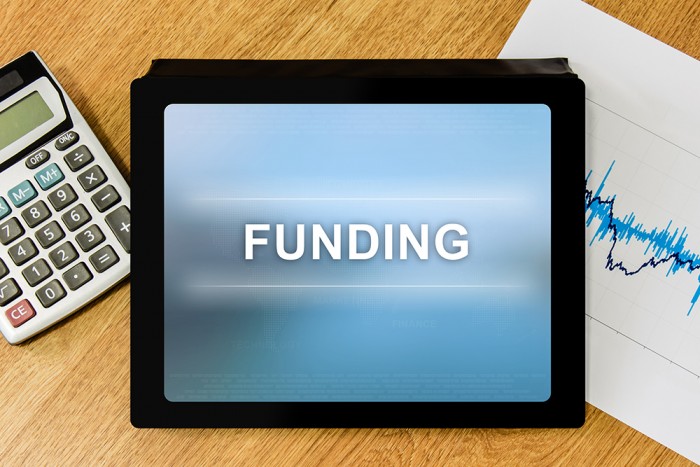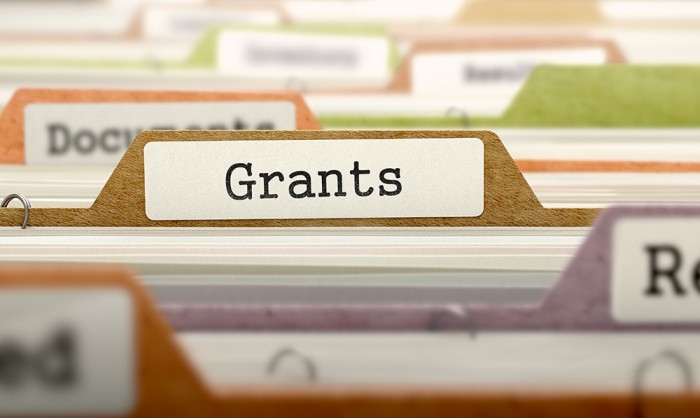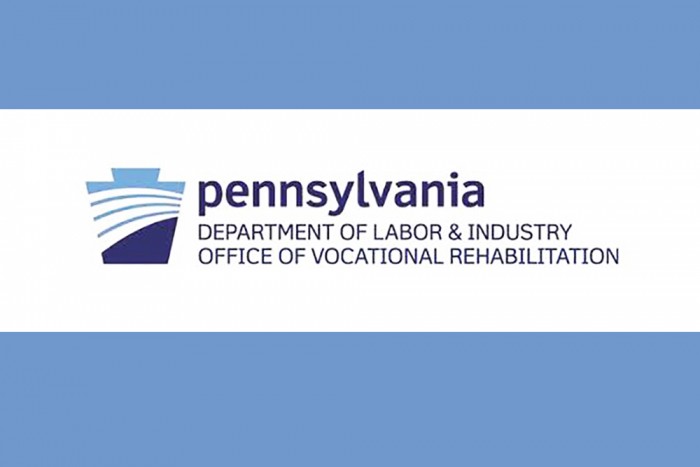The Office of Vocational Rehabilitation (OVR) will be hosting two public Listening Sessions to seek input from stakeholders as it prepares to apply to the Rehabilitation Services Administration for a competitive discretionary grant. The public is invited to attend and share comments. CART and ASL services will be available.
Listening Sessions
- Wednesday, May 11, 2022, from 7:00 pm – 8:00 pm EST
May 11 Listening Session Zoom Registration
- Thursday, May 12, 2022, from 1:00 pm – 2:00 pm EST
May 12 Listening Session Zoom Registration
After registering, you will receive a confirmation email containing information about joining the meeting.
Grant Information
The Fiscal Year (FY) 2022 Disability Innovation Fund (DIF) was issued to support innovative activities aimed at increasing Competitive Integrated Employment (CIE), as defined in section 7 of the Rehabilitation Act of 1973 (Rehabilitation Act) (Gov Regs Definitions), for youth and other individuals with disabilities.
The priority of the grant is: Subminimum Wage to Competitive Integrated Employment (SWTCIE) Innovative Model Demonstration Project. The project seeks model demonstration projects designed to develop, implement, refine, evaluate, and disseminate, for easy adoption, new or substantially improved model strategies or programs to transition individuals in subminimum wage employment into CIE in any one of the following 6 topic areas:
- Essential Workers;
- Green Job Workers;
- Home and Community-Based Service Workers;
- Arts;
- Transportation Industry and Related Industry Workers; or
- Field-Initiated: Field initiated projects will identify and implement innovative strategies that assist SWTCIE program participants to secure CIE. A field-initiated project may (1) address innovative topic areas not otherwise included in this notice or (2) combine two or more topic areas described in this notice into one application.
The purpose of this competition is to increase competitive-integrated employment opportunities for students, youth, and adults with disabilities contemplating, actively seeking, or engaged in subminimum wage employment. To achieve this purpose, projects funded under this priority will create innovative models, for dissemination and replication, to:
- Identify strategies for addressing challenges associated with access to CIE (e.g., transportation, support services);
- Provide integrated services that support CIE;
- Support integration into the community through CIE;
- Identify and coordinate wrap-around services for any individual served by the project who obtains CIE;
- Develop evidence-based practices and share those practices with other entities holding 14(c) certificates, State Vocational Rehabilitation (VR) agencies, local rehabilitation providers, State and local workforce agencies, and regional and local employers; and
- Provide entities holding section 14(c) certificates with readily accessible transformative business models for adoption.
Access the OVR Competitive Discretionary Grant Request for Information (RFI) here. The public is invited to also share written comments if unable to attend a listening session. Written comments should be submitted via email with the subject line “12 OVR SWTCIE Discretionary Grant” before 5/10/2022 at 4:00 pm.
















